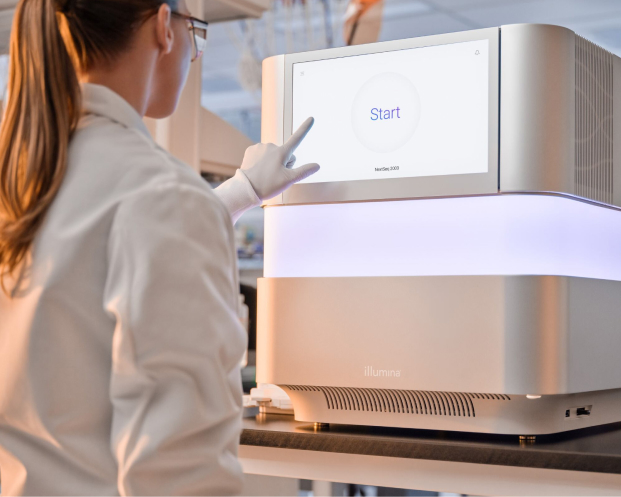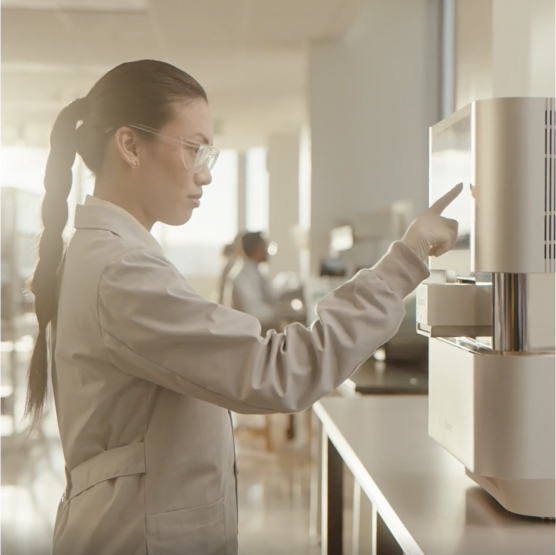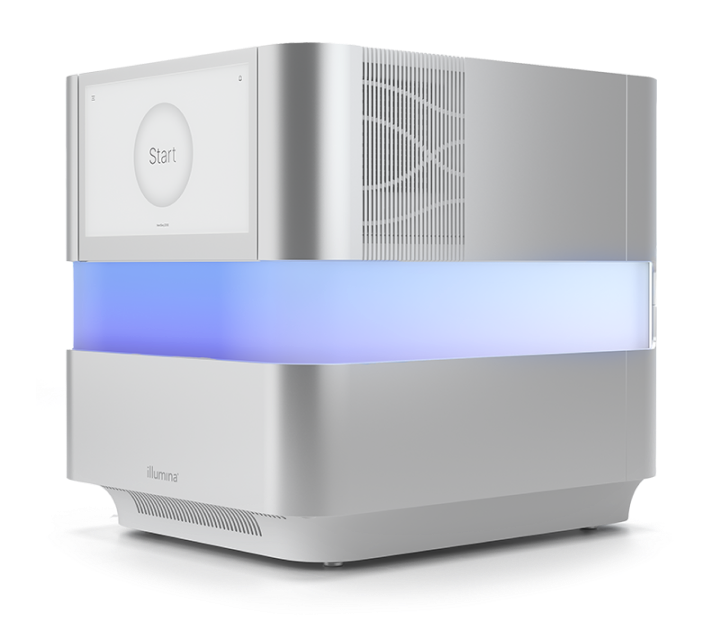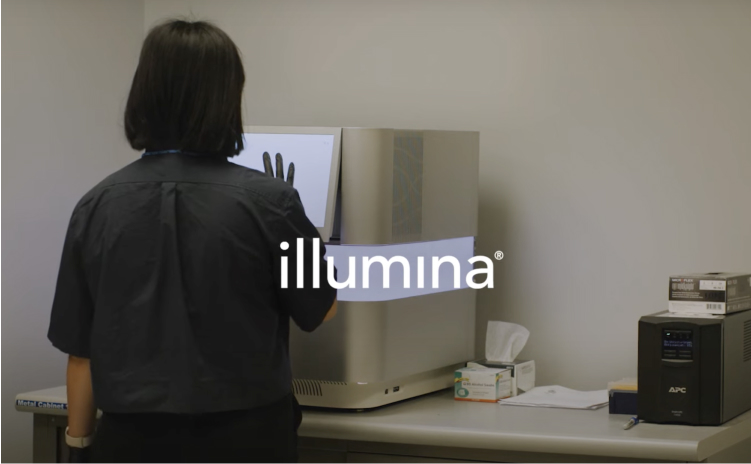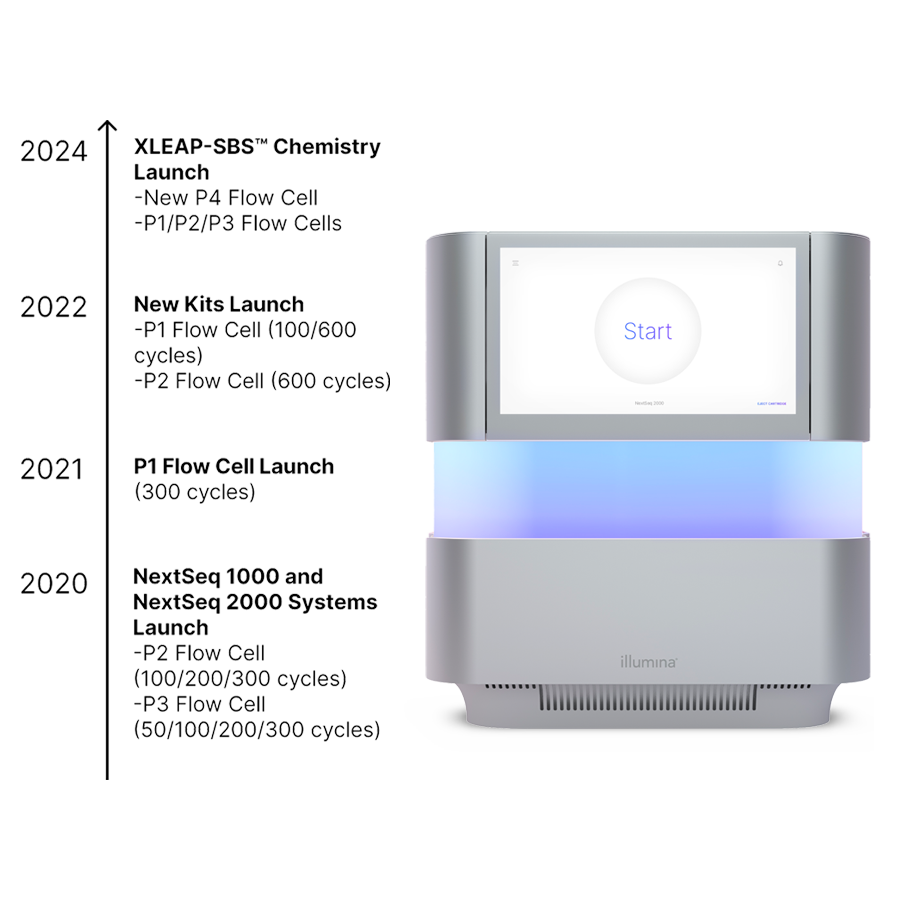Illumina is committed to upholding a proven track record of solutions that empower researchers to advance and accelerate their sequencing. That’s why we have invested billions into our research and development and infrastructure to ensure we can equip you with what you need to succeed.
When you partner with Illumina, you’ll get more than just leading-edge technology–you become part of a community with like-minded goals.
